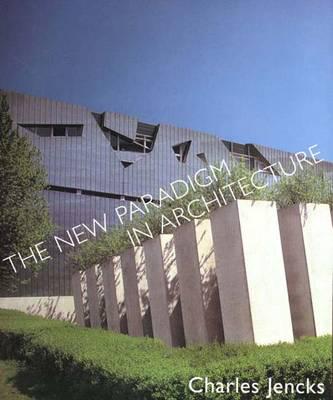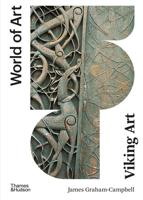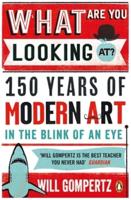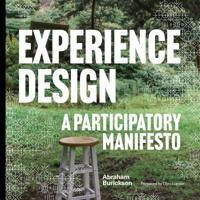Publisher's Synopsis
The story of a movement that changed the face of architecture over the last 40 years of the 20th century. Starting with the counter culture of the 1960s and the call for a complex urbanism by Jane Jacobs and a complex architecture by Robert Venturi, it shows how such demands started to be realized by the 1990s in a new and complex architecture aided by computer design. Often curved, warped and fractal in shape, it is more convivial, sensuous and articulate than the modern architecture it challenges. Carried forward by architects such as Frank Gehry, Daniel Libeskind and Peter Eisenman, it has also become a leading approach in many schools and offices around the world. The computer is now at its heart but its history, which Charles Jencks traces, is built on the desire for an architecture that communicates with its users, and one based on the heterogeneity of our cities and global culture.;This study was the first to define the broad issues of postmodernism, and led to its growth in other fields such as philosophy and the arts. First written at the start of an architectural movement in the middle 1970s and translated into 11 languages, it has gone through six editions, each one seeking to give a feeling of how the issues looked at a particular moment. Now rewritten and with two new chapters, the seventh edition brings the history up to date with the latest twists in the narrative, and the turn to a new complexity in architecture.











